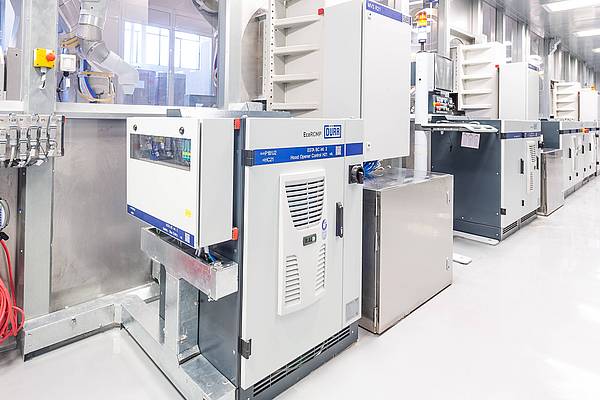
Automation was achieved using punched paper tape to energise solenoids, which would facilitate the movement of the crane's control levers. Five axes of movement were possible, including grab and grab rotation. The crane-like device was built almost entirely using Meccano parts, and powered by a single electric motor. Taylor in 1937 and published in Meccano Magazine, March 1938. The earliest known industrial robot, conforming to the ISO definition was completed by Artificial intelligence, or what passes for it, is becoming an increasingly important factor in the modern industrial robot.

For example, for more precise guidance, robots often contain machine vision sub-systems acting as their visual sensors, linked to powerful computers or controllers. Other robots are much more flexible as to the orientation of the object on which they are operating or even the task that has to be performed on the object itself, which the robot may even need to identify.These actions are determined by programmed routines that specify the direction, acceleration, velocity, deceleration, and distance of a series of coordinated motions. Some robots are programmed to faithfully carry out specific actions over and over again (repetitive actions) without variation and with a high degree of accuracy.Robots exhibit varying degrees of autonomy:

In the context of general robotics, most types of robots would fall into the category of robotic arms (inherent in the use of the word manipulator in ISO standard 1738). The most commonly used robot configurations are articulated robots, SCARA robots, delta robots and cartesian coordinate robots, ( gantry robots or x-y-z robots).


 0 kommentar(er)
0 kommentar(er)
